Asbestos removal services
Internal walls and ceiling linings
Handling Asbestos
Low density asbestos fibre board (LDB) was commonly used in buildings as internal walls and ceiling linings until the 1980’s. Analysis of LDB samples has shown it contains up to 70 per cent asbestos fibres which are not bound in a cement matrix, as they are with asbestos cement sheeting. LDB is considerably softer and will start to disintegrate easily if disturbed.
Lorem ipsum
It is hard to tell the difference between LDB and any other flat profile construction sheeting when it’s painted, decorated and/or in good condition. Asbestos registers often fail to distinguish the two. Furthermore, during LDB removal jobs, airborne fibre levels have been recorded that are higher than the Occupational Exposure Standard of 0.1 fibres/ml.
In 2009 Workplace Health and Safety Queensland released an information paper on LDB stating: “Due to the high percentage of asbestos fibres present in low density asbestos fibre board and the soft nature of the product, low density asbestos fibre board is regarded as a friable asbestos containing material. Friable asbestos containing material must only be removed by an ‘A’ class certificate holder.”
Removal Procedure
Safety First
Ensure that all workers are wearing the correct safety respirators and disposable overalls for asbestos removal.
Contain Asbestos
Ensure that no debris and asbestos escapes to the outside by shutting and sealing all doors and windows.
Protect Floors
To catch debris and protect the floor, spread layered plastic and tape it around the perimeter. Prepare double layered plastic on which to stack your asbestos sheeting.
De-nail and Clean
De-nail all fixings using pinches or a hammer, and remove fibres and debris with a wire brush. Place all rubbish onto sheets for safe removal.
Remove Asbestos Sheets
Using a hammer and chisel remove all fixing heads that are holding the sheeting in place and then remove the sheets.
Remove and Clean
Remove ceiling joins and all timber mouldings that cover the asbestos sheets. Using a HEPA filtered vacuum cleaner, vacuum the wall, ceiling and flooring areas.
Ready to talk to an asbestos removal expert?
What our clients have to say






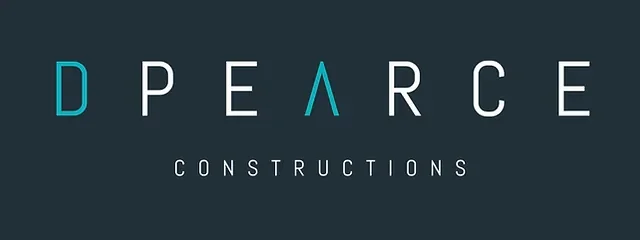

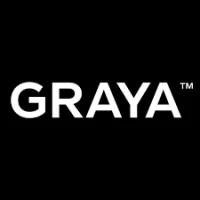
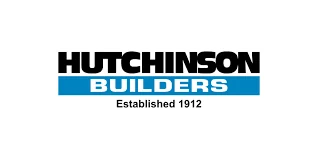

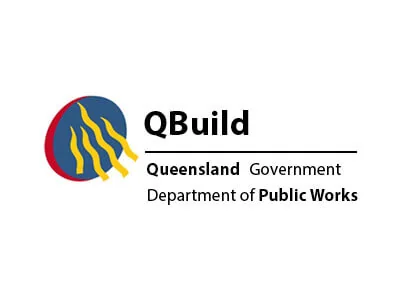



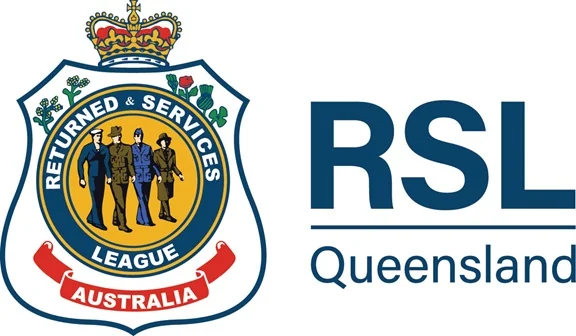

Contact Us Today
The J Group offer no-obligation quotes for asbestos removal services, however we are confident that you’ll find our prices are competitive and cost-effective for your needs. Whether you’re about to begin renovations or construction within your building, or have become aware of asbestos within your building, contact our team to ensure the job is completed quickly and safely by our fully licensed team.
To help us provide you with the most accurate and timely quote, we encourage you to share as much information as possible about your project. By including your full address, photos, asbestos audit reports, and sample test reports, we can better assess your needs and offer a tailored solution quickly and efficiently.
"*" indicates required fields